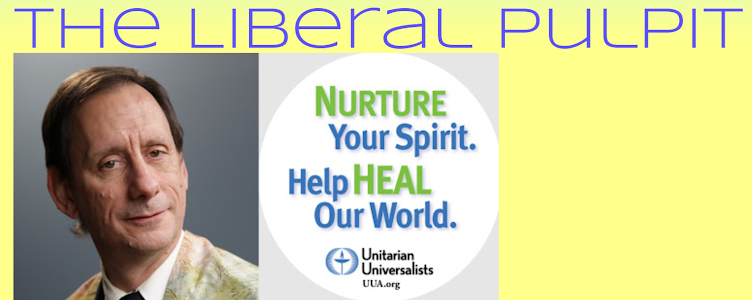“a self-supporting and insular police culture develops: In this culture no one understands police work except fellow officers; the training in the academy is useless; to do the job you've got to bend the rules and understand the law of the jungle; the world is divided into two sorts of people -- cops and a-holes.” (New York Times, 2014 Dec 8)I think I understand what would cause that culture to develop: it’s a protective strategy in a really tough and dangerous job. It’s a culture in which there’s not much joy, peace, or love -- not a happy place for the officers to be in. I think I understand why the stresses and horrors they regularly deal with would cause them to “emotionally armor up” and develop, as Brooks describes,
“a cynical, dehumanizing and hard-edge sense of humor that was an attempt to insulate themselves from the pain of seeing a dead child or the extinguished life of a young girl they arrived too late to save.”If we don’t find a different way of policing, it’s inevitable that some officers will act out their frustrations, stress and fear in the direction of whatever group it seems easiest to blame.
Fortunately, there are alternatives. Chris Magnus took over as chief of the Richmond, California police department in 2006. He changed the department from one that focused on "impact teams" of officers who roamed rough neighborhoods looking to make arrests to one that required all officers to adopt a "community policing" model, which emphasizes relationship building. Magnus, who is white, draws on and depends on broad community support. He seems committed to combatting racist tendencies. In fact, I learned about Magnus when I saw a picture of him, in uniform, standing on a street corner holding a sign that said “#BlackLivesMatter.”
Magnus’ community policing approach is credited with driving down crime in a notoriously tough city. The Richmond police department hasn’t lost an officer or killed a citizen since 2007. As one Richmond police officer said:
"We had generations of families raised to hate and fear the Richmond police, and a lot of that was the result of our style of policing in the past. It took us a long time to turn that around, and we're seeing the fruits of that now. There is a mutual respect now, and some mutual compassion."' (Contra Costa Times, 2014 Sep 6)There are better ways, but the self-supporting insular culture that persists in so many of our police departments -- however understandable the development of that culture may be – will have a hard time changing on its own. These things take public pressure.
The compassionate thing, it seems to me, toward both our officers and the people they serve, is to be a part of that public pressure for a different approach to policing. Joining the public outcry is, for me, an act of open hope since I don’t know what the path ahead looks like.
I just know that whatever happens, it needs to emerge from relationship-building between police departments and communities.
A number of the people on the Millions March on Sat Dec 13 were expressing a more closed hope. There was anger and blame and judgment of police officers as inherently racist and oppressive. I understand that reaction, too -- though I don’t share it. And maybe you reacted against that judgment and blame by wanting to have no part of any demonstration in which some participants were like that. If so, I understand your reaction, too – though I don’t share it.
I believe our place is standing in solidarity with those who have felt the brunt of systems imposing power-over – and understanding why compassion for their oppressors might be difficult for them. I believe our place is standing on the side of love. Our place is standing for hope – an open hope grounded in embracing reality just as it is and flowing from compassion and understanding for all sides.
Walking a path of open hope surrounded by reactivity and blame on all sides is not an easy thing. It’s just the necessary thing. I know we can.
* * *
This is part 4 of 4 of "Hope."
Previous: Part 3
Beginning: Part 1 (No Hope?)








.jpg)